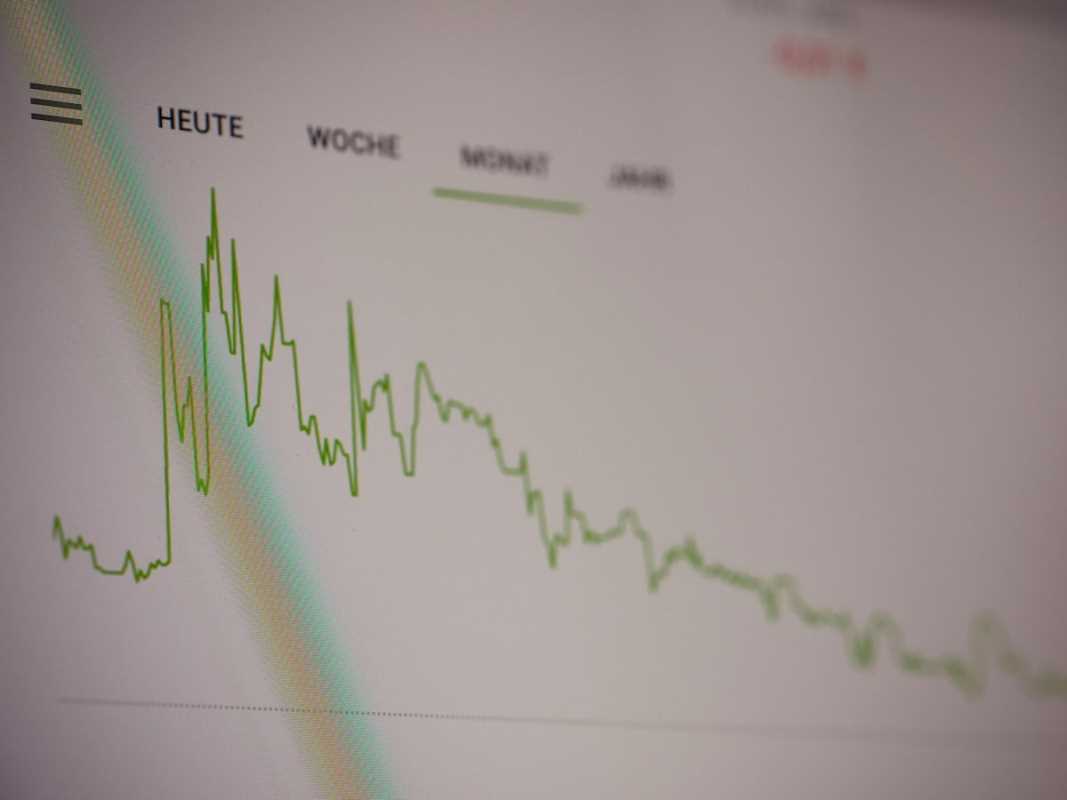Exchange-traded funds (ETFs) are a popular choice for investors looking to build a diversified portfolio with minimal effort. They offer exposure to a variety of asset classes, are cost-efficient, and can suit both beginner and seasoned investors. Building your own ETF portfolio is easier than you think. Follow these straightforward steps and start taking control of your investments today.
Step 1: Define Your EFT Goals
Before you choose any ETFs, clarify what you're investing for. Your goals will determine the structure of your portfolio and the level of risk you're willing to take. Ask yourself:
- Are you saving for retirement, a home, or another long-term goal?
- Do you want to earn income, grow wealth, or preserve capital?
- What is your timeline? Are you investing for five years, ten years, or longer?
- What’s your risk tolerance? Can you handle fluctuations in your portfolio's value, or do you prefer a more stable approach?
By clearly defining these goals, you’ll set a solid foundation for the next steps.
Step 2: Decide on Your Asset Allocation
Once you’ve established your investment goals, determine your asset allocation. Asset allocation involves dividing your investments among different asset classes, such as stocks, bonds, and other securities, to balance risk and reward.
Here’s a general breakdown of how allocation might look for different goals:
- Growth-focused investors (long-term goals): Typically prioritize stocks for higher returns, with a smaller allocation to bonds or cash.
- Income-focused investors (shorter-term goals): Lean toward bonds or dividend-paying stocks for steady income.
- Conservative investors (low risk tolerance): Favor bonds and other fixed-income investments for stability, with minimal exposure to stocks.
For example, a 30-year-old saving for retirement might allocate 80% to stocks and 20% to bonds, while a 60-year-old might prioritize 60% bonds and 40% stocks.
Step 3: Choose ETFs That Match Your Strategy
Once you’ve determined your asset allocation, the next step is picking ETFs that fit your strategy. Here’s what to look for:
Core ETFs for Broad Exposure
Start with broad-market ETFs to cover your major asset classes. These funds track large indexes like the S&P 500 or the Total Bond Market, offering you inexpensive diversification.
- Stock ETFs (e.g., U.S. large-cap, small-cap, or international stocks)
- Bond ETFs (e.g., government bonds, corporate bonds, or municipal bonds)
- Sector or Industry ETFs (if you want exposure to specific areas, like technology or healthcare)
Specialty ETFs for Customization
Depending on your goals, you might also explore niche ETFs that provide targeted exposure. Examples include:
- Dividend ETFs for income generation
- Thematic ETFs focusing on trends like AI or renewable energy
- Real Estate ETFs for exposure to property markets
Key Factors to Evaluate
When selecting an ETF, pay close attention to these details:
- Expense Ratio: This is the annual fee you’ll pay, expressed as a percentage of your investment. Lower is better.
- Liquidity: Choose ETFs with higher trading volumes. This ensures you can buy or sell them easily.
- Tracking Error: This shows how closely an ETF follows its benchmark index. The smaller, the better.
- Holdings: Review what’s inside the ETF to ensure it aligns with your strategy.
Step 4: Diversify Your Portfolio
Diversification is a key principle of investing. It reduces risk by spreading your money across various assets. Even as you build your ETF portfolio, aim for diverse exposure within and across asset classes.
Within stocks, include U.S. and international equities, as well as large-cap and small-cap companies.
For bonds, balance government and corporate bond exposure.
A well-diversified portfolio helps cushion against market volatility. Even if one segment underperforms, others can help offset losses.
Step 5: Open an Investment Account
Next, you need an account to hold your ETFs. Most investors use either a brokerage account or a retirement account, such as an IRA. Here’s a quick breakdown:
- Brokerage accounts are flexible and allow you to invest freely, but you’ll owe taxes on capital gains and dividends.
- Tax-advantaged accounts (like an IRA or 401(k)) defer taxes or offer tax-free growth, making them ideal for long-term retirement savings.
When choosing a brokerage, look for platforms with:
- Low or no trading fees for ETFs
- User-friendly interfaces
- Research tools to compare ETFs
Opening an account online usually takes only a few minutes.
Step 6: Invest Your Money
Once your account is set up and funded, it’s time to start buying your chosen ETFs. Follow these simple steps:
- Search for the ETF’s ticker symbol (e.g., SPY for the S&P 500 ETF or AGG for a bond ETF).
- Enter how many shares you want to buy. Use your budget and the ETF’s current price to determine how many shares you can afford.
- Place a market or limit order. A market order buys at the current price, while a limit order lets you specify the price you’re willing to pay.
If you’re starting with limited funds, consider brokers that offer fractional shares. This way, you can invest in high-priced ETFs using smaller amounts of money.
Step 7: Rebalance Regularly
Your portfolio isn’t “set it and forget it.” Over time, some ETFs will grow faster than others, shifting your asset allocation away from your original plan. For example, if stocks have a strong year, they might make up a bigger percentage of your portfolio than intended.
To realign, rebalance your portfolio by selling overperforming assets and reinvesting in underweighted ones. Many investors rebalance:
Annually, at a set time, or when allocations differ significantly from your target.
Rebalancing helps you manage risk and stay on track toward your goals.
Step 8: Monitor Performance and Adjust as Needed
Finally, periodically review your portfolio's performance to ensure it aligns with your objectives. Look for:
- ETF returns compared to their benchmarks
- Expense increases or significant changes in an ETF’s holdings
- Your personal circumstances, like a change in financial goals or life stage
If necessary, tweak your holdings or switch to more appropriate ETFs. Staying proactive will keep your strategy effective in the long term.
Building your own ETF portfolio doesn’t have to be complicated. By following these steps, you can design an investment plan tailored to your goals and risk tolerance.
 (Image via
(Image via





